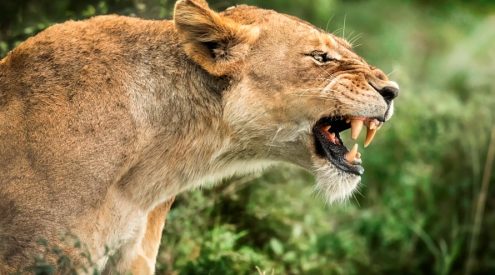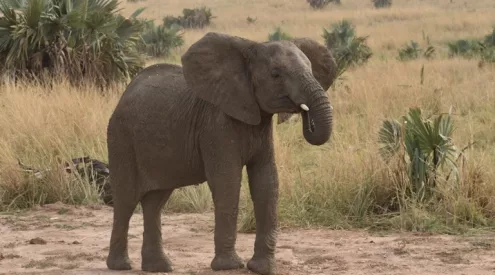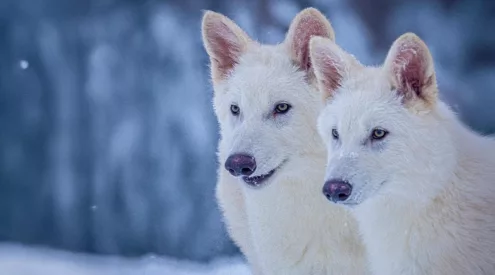One of the biggest-ever wildebeest river crossings in recent years was caught on camera this year thanks to Herdtracker and their regular contributor Ranger Safaris Tanzania.
The footage was captured in mid-September in the Kogatende area of Serengeti National Park in Tanzania. Wildebeest herds are usually scattered and seeing a mega-herd like the one captured (estimated at 80 000 to 100 000) is extremely rare to see.
READ: Climate change could be affecting the Great Wildebeest Migration
Each year, more than 1.5 million wildebeest migrate in a gigantic clockwise loop across Tanzania and Kenya. After calving in the southern part of Tanzania’s Serengeti, the animals journey north into the Masai Mara, before returning once again near the end of the year.

Emmanuel Mkenda, a guide at Ranger Safaris
‘This was one of the largest crossings I have seen in over 20 years,’ says Emmanuel Mkenda, one of Ranger Safaris’ most experienced guides who shot the footage, and who has been working in the area for 25 years.
The massive herds migrate due to following the seasonal rains across the African Savannah in search of lush grazing lands, often pursued by predators such as hyenas, lions, cheetah, leopards and, at many river crossings, gigantic Nile crocodiles also lurk in search of prey.
READ: A Serengeti safari in Africa’s first glass-bottomed hot air balloon
Dramatic scenes unfold daily as thousands of wildebeest are born and killed while the circle of life revolves nonstop.
A YouTube video of the proceedings was shared by the Herdtracker page. The great migration is recognised as one of the seven wonders of the natural world. Take a look.
This phenomenon doesn’t centre around wildebeests but also includes other grazing animals such as zebra and gazelle.
Launched in 2014, Herdtracker is a free web app which plots the location of the Great Wildebeest Migration in real time to a Google map.
Pictures: Supplied
ALSO READ: About 200 dead whales have been towed out to sea – see what happens





















